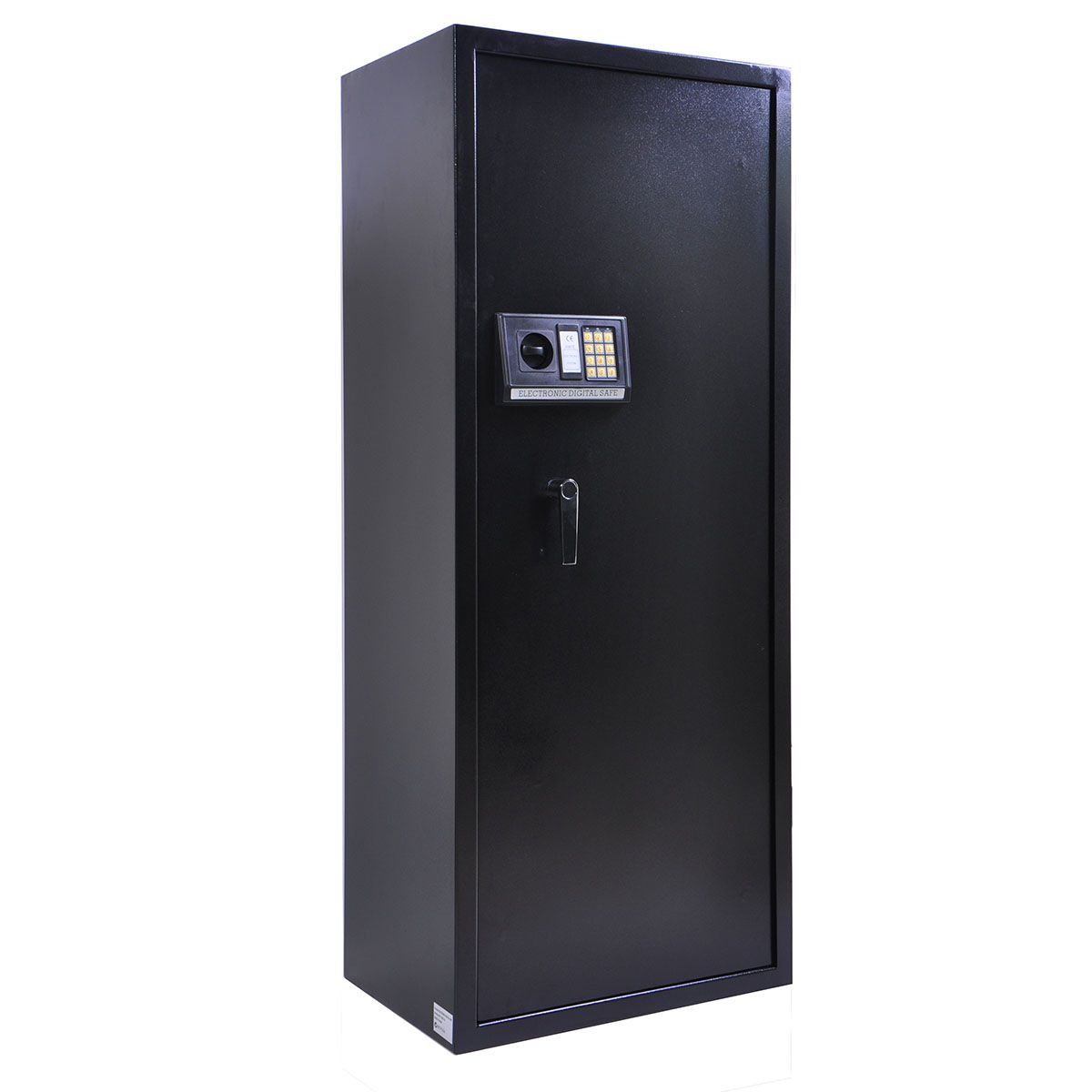The Buzz on Safes Perth
Table of ContentsGetting The Drug Safes To WorkThe Basic Principles Of Perth Safe Company The 5-Minute Rule for Deposit Boxes

The is a structure for assisting make choices about making effective usage of data which is private or sensitive. It is mainly utilized to explain or create research access to analytical information held by government agencies, and by information archives such as the UK Data Service. Two of the 5 Safes describe statistical disclosure control, and so the 5 Safes is generally utilized to contrast statistical and non-statistical controls when comparing information management options.
The mix of the controls results in 'safe usage'. These are most commonly expressed as concerns, for example: Safe jobs Is this usage of the data appropriate? Safe people Can the users be relied on to utilize it in a proper way? Safe settings Does the access facility limitation unauthorised use? Safe information Exists a disclosure danger in the information itself? Safe outputs Are the statistical results non-disclosive? These dimensions are scales, not limitations.
For example, a public usage file available for open download can not control who uses it, where or for what function, and so all the control (security) should be in the data itself. In contrast, a file which is only accessed through a safe environment with certified users can contain very sensitive information: the non-statistical controls allow the information to be 'hazardous'.
There is no 'order' to the Five Safes, in that one is always more vital than the others. However, Ritchie argued that the 'managerial' controls (projects, people, setting) ought to be attended to before the 'analytical' controls (information, output). chubb security safes. The 5 Safes idea is associated with other topics which developed from the same programme at ONS, although these are not always implemented.

The 30-Second Trick For Home Office Safes
This presentation is constant with the idea of 'information as a residual', as well as data defense laws of the click here to read time which often characterised data merely as anonymous or not anonymous. A similar idea had actually already been established individually in 2001 by Chuck Humphrey of the Canadian RDC network, the 'continuum of gain access to'.
The Five Safes was developed in the winter season of 2002/2003 by Felix Ritchie at the UK Office for National Statistics (ONS) to explain its safe remote-access Virtual Microdata Lab (VML). It was explained at this time as the 'VML Security Design'. This was embraced by the NORC data enclave, and more extensively in the United States, as the 'portfolio design' (although this is now also utilized to refer to a slightly different legal/statistical/educational breakdown). cash tins perth.
The initial framework only had four safes (projects, people, settings and outputs): the framework was utilized to explain highly detailed information access through a secure environment, and so the 'information' measurement was unimportant. From 2007 onwards, 'safe information' was included as the framework was utilized to an explain a broader range of ONS activities.
Some discussions, such as the OECD, utilize the term 'protected' instead 'safe'. However, the use of both these terms can trigger presentational issues: less control in a particular measurement might be seen to imply 'unsafe users' or 'insecure settings', for instance, which distracts from the primary message. Hence, the Australian government utilizes the term "five information sharing concepts".
There is no reference to the 5 Safes or any associated literature. The Australian version safe drug disposal bags was required to include recommendations to the 5 Safes, and presented it as an option without comment. The framework has actually had 3 uses: pedagogical, detailed, and style. The latter is a reasonably current development. The very first significant usage of the framework, aside from internal administrative usage, was to structure researcher training courses at the UK Workplace for National Data from 2003.

Not known Facts About Cash Tins Perth
Eurostat in 2011). An early use was to assist determine locations where ONS' still had 'irreducible dangers' in its provision of safe and secure remote access. The structure is primarily used for personal social science information. To date it appears to have actually made little influence on medical research study planning, although it is now included in the modified guidelines on carrying out HIPAA regulations in the US, and by Cancer Research Study UK and the Health Foundation in the UK.
In basic the Five Safes has been utilized to describe options post-factum, and to explain/justify choices made, however an increasing number of organisations have actually used the framework to design data access solutions. For instance, the Hellenic Statistical Agency developed a data technique developed around the Five Safes in 2016; the UK Health Foundation used the Five Safes to design its data management and training programs.
The major style usage is in Australia: both the Australian Bureau of Stats and the Australian Department of Social Service utilized the Five Safes as an ex ante style tool. In 2017 the Australian Performance Commission suggested adopting a version of the framework to support cross-government data sharing and re-use.